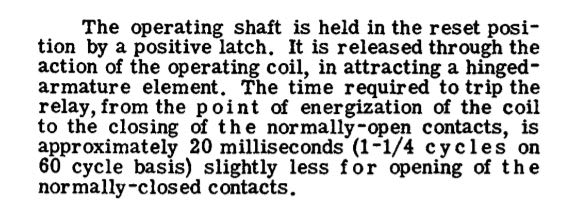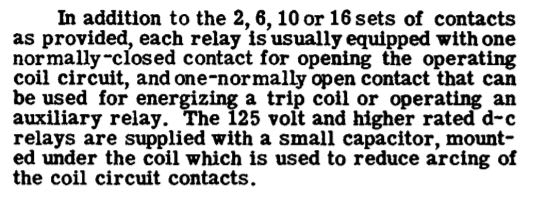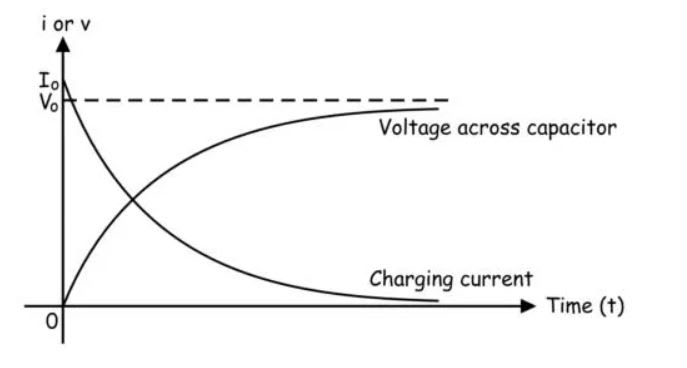Hello,
I'm troubleshooting a failed trip circuit for an 86 lockout relay. This is a GEI-28712E, similar to an Electroswitch. The 86 coil is tripped by one of several relays. The contacts for one of the relays has been welded closed, and I'm trying to figure out how that could have happened.
There was a standing trip on one of the relays, and the operator didn't know, and he kept trying to reset the 86. He held the 86 in the reset position long enough that it started to smoke. An observer told me he held the switch for at least 5 seconds, trying to get it to reset. I'm pretty sure this is what caused the welded relay contacts.
The current rating of the welded contacts is 30A for 0.2 second, and a continuous rating of 7A (at 125VDC). The trip voltage is 125VDC. The GE manual for the 86 says that at 125VDC, the resistance of the 86 trip coil is 24.3 ohms at 25 degrees C, and that the seal in time is 0.2 seconds. But this doesn't add up with a welded contact that can handle 30A. According to the manual, I could hold the handle to reset as long as I want and I'd never pass 5A.
I'm trying to figure out what the steady state current through that coil would be. If it's just a coil, then after the transient, it's a short circuit. But the manual says 24.3 ohms? Is there a resistor in series with the coil, or is that the impedance of the transient measured at 0.2 seconds?
Thanks for your help
EEPROM
I'm troubleshooting a failed trip circuit for an 86 lockout relay. This is a GEI-28712E, similar to an Electroswitch. The 86 coil is tripped by one of several relays. The contacts for one of the relays has been welded closed, and I'm trying to figure out how that could have happened.
There was a standing trip on one of the relays, and the operator didn't know, and he kept trying to reset the 86. He held the 86 in the reset position long enough that it started to smoke. An observer told me he held the switch for at least 5 seconds, trying to get it to reset. I'm pretty sure this is what caused the welded relay contacts.
The current rating of the welded contacts is 30A for 0.2 second, and a continuous rating of 7A (at 125VDC). The trip voltage is 125VDC. The GE manual for the 86 says that at 125VDC, the resistance of the 86 trip coil is 24.3 ohms at 25 degrees C, and that the seal in time is 0.2 seconds. But this doesn't add up with a welded contact that can handle 30A. According to the manual, I could hold the handle to reset as long as I want and I'd never pass 5A.
I'm trying to figure out what the steady state current through that coil would be. If it's just a coil, then after the transient, it's a short circuit. But the manual says 24.3 ohms? Is there a resistor in series with the coil, or is that the impedance of the transient measured at 0.2 seconds?
Thanks for your help
EEPROM



![[ponder] [ponder] [ponder]](/data/assets/smilies/ponder.gif)

![[thumbsup2] [thumbsup2] [thumbsup2]](/data/assets/smilies/thumbsup2.gif) even that will not help when it is -30 C at times.
even that will not help when it is -30 C at times.